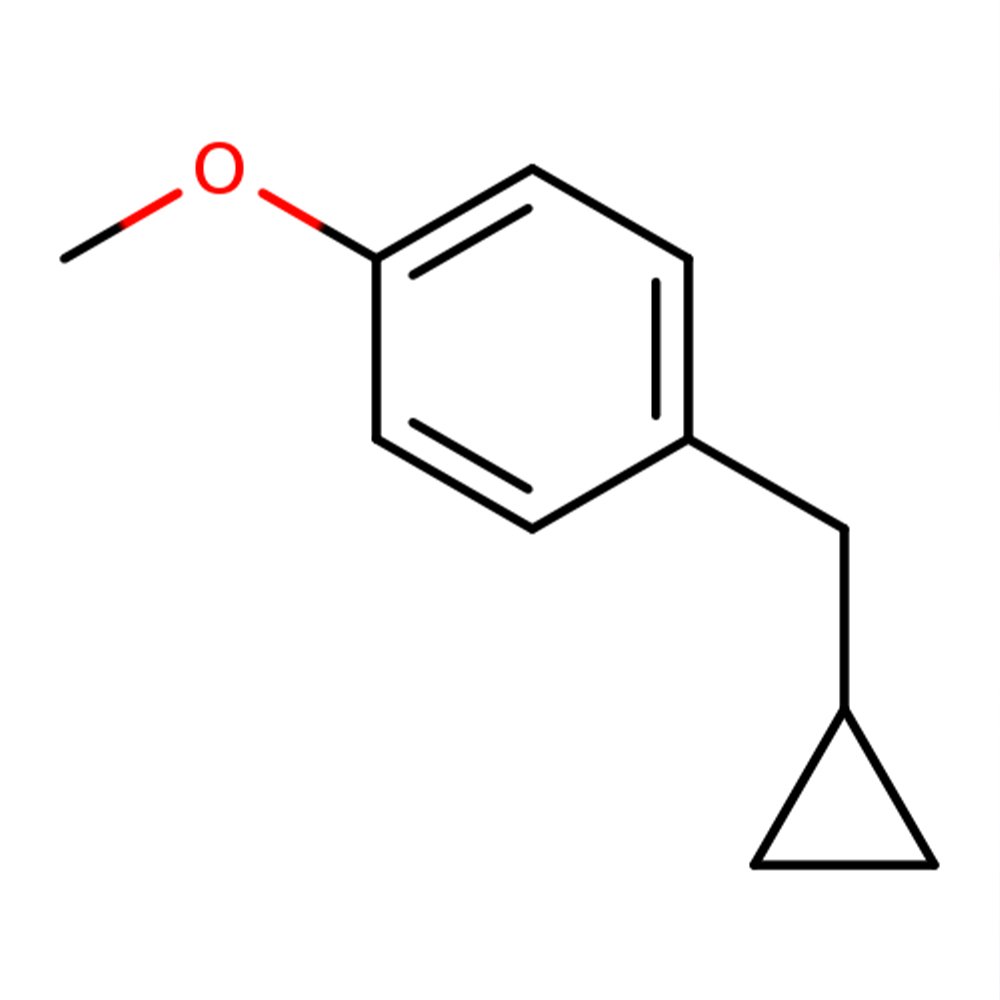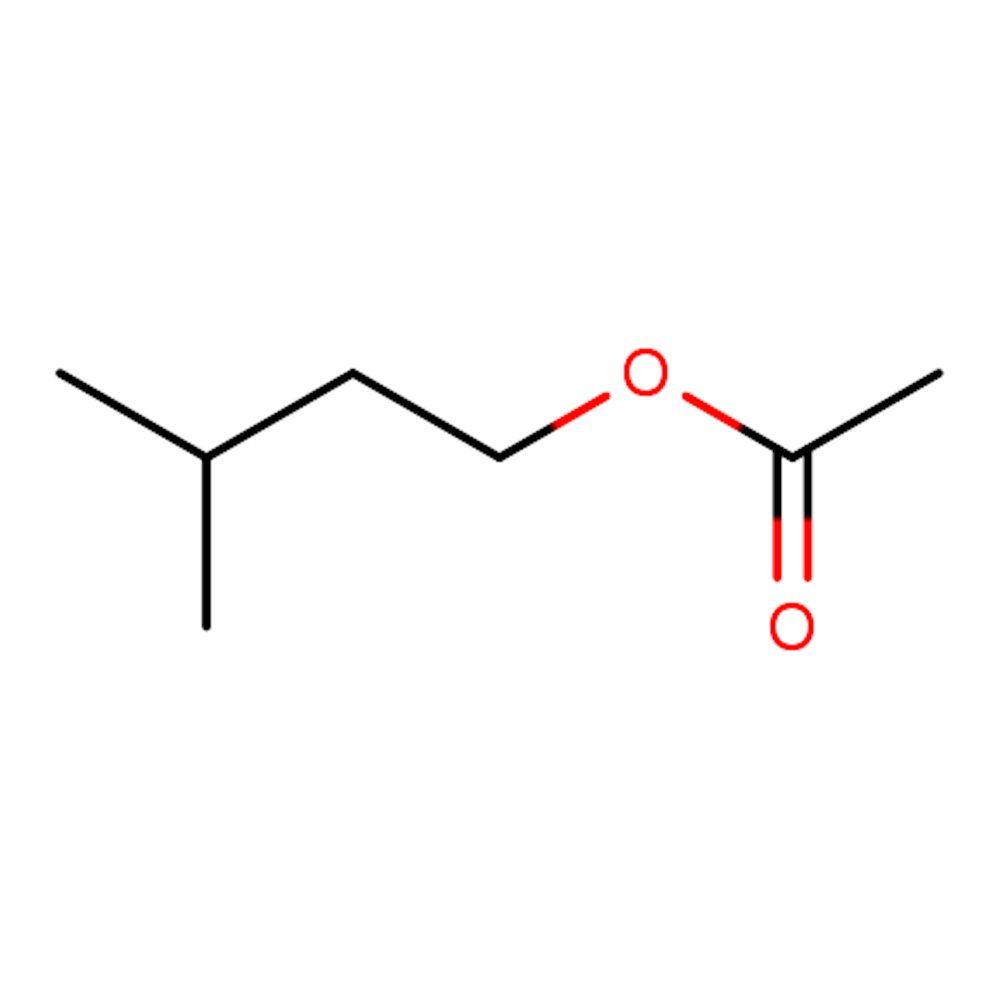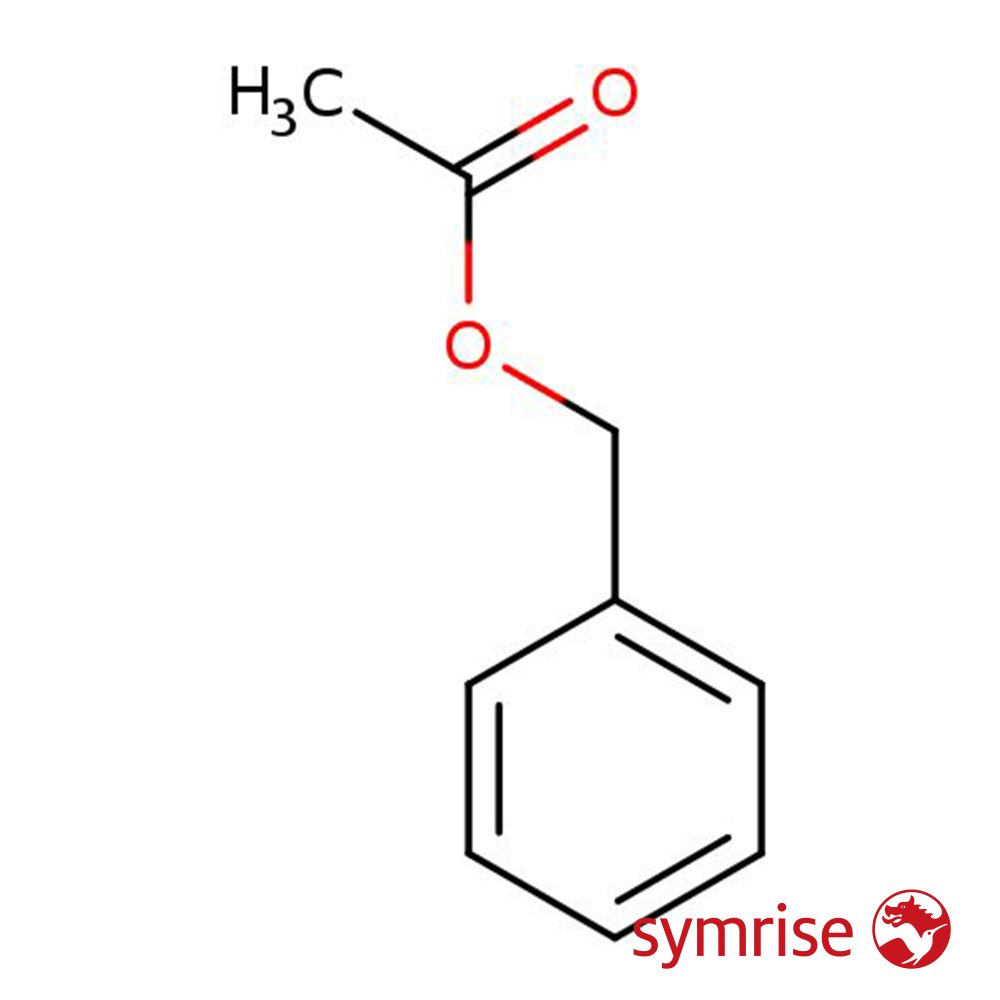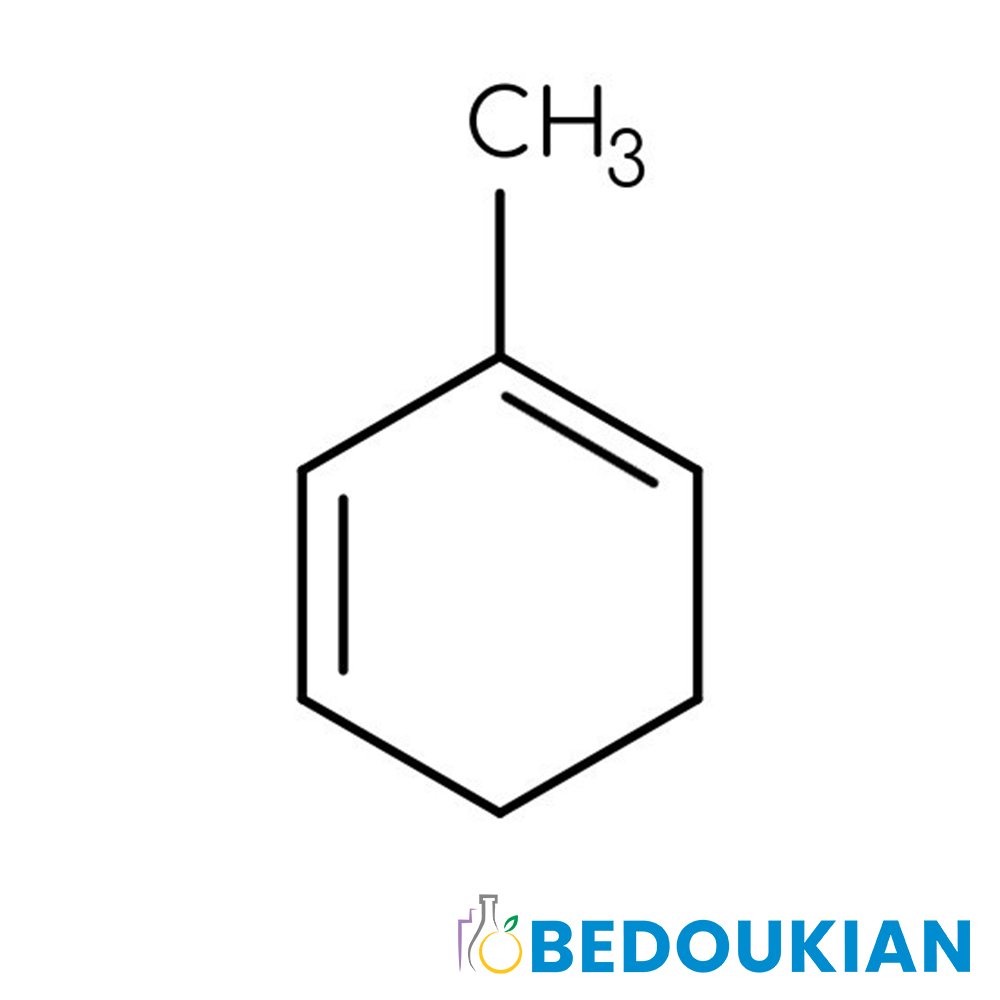Phenyl Ethyl Alcohol
Premium Synthetic Ingredient for Perfumery
Phenyl Ethyl Alcohol is a synthetic aromatic alcohol with a mild, warm, rose-like odor, widely used in perfumery for its excellent blending properties and broad olfactive compatibility. Though weak in intensity and tenacity, it is valued for its naturalistic floral nuance and ability to enhance structure in rose, balsamic, herbaceous, and aldehydic blends. Known for its versatility and olfactory neutrality, it is used across fragrance categories—from classic florals to modern functional perfumes.
Premium Synthetic Ingredient for Perfumery
Phenyl Ethyl Alcohol is a synthetic aromatic alcohol with a mild, warm, rose-like odor, widely used in perfumery for its excellent blending properties and broad olfactive compatibility. Though weak in intensity and tenacity, it is valued for its naturalistic floral nuance and ability to enhance structure in rose, balsamic, herbaceous, and aldehydic blends. Known for its versatility and olfactory neutrality, it is used across fragrance categories—from classic florals to modern functional perfumes.
Premium Synthetic Ingredient for Perfumery
Phenyl Ethyl Alcohol is a synthetic aromatic alcohol with a mild, warm, rose-like odor, widely used in perfumery for its excellent blending properties and broad olfactive compatibility. Though weak in intensity and tenacity, it is valued for its naturalistic floral nuance and ability to enhance structure in rose, balsamic, herbaceous, and aldehydic blends. Known for its versatility and olfactory neutrality, it is used across fragrance categories—from classic florals to modern functional perfumes.
Synthetic Ingredient Overview
🏭 Manufacturer: Givaudan
🔎 Chemical Name: 2-Phenylethanol
🧪 Synonyms: Phenyl Ethanol, β-Phenylethyl alcohol, PEA
🧬 Chemical Formula: C₈H₁₀O
📂 CAS N°: 60-12-8
⚖️ Molecular Weight: 122.16 g/mol
📝 Odor Type: Rosy
📈 Odor Strength: Weak
👃🏼 Odor Profile: Mild, warm, rose-honey floral; moderate to poor tenacity; lower-quality grades may have earthy or green topnotes resembling hyacinth or gassy notes
⚗️ Uses: Floral modifier, rose reconstructor, aldehydic or herbaceous softener
🧴 Appearance: Colorless liquid
What is Phenyl Ethyl Alcohol?
Phenyl Ethyl Alcohol (PEA) is a synthetic primary alcohol structurally related to benzyl alcohol, produced via petrochemical or biosynthetic pathways. It occurs naturally in rose oil, champaca, and geranium, though natural extraction is economically unfeasible for most industrial applications. PEA is among the most commonly used materials in perfumery, prized for its olfactory neutrality, low allergenicity, and high formulation compatibility.
Though relatively weak and short-lived on its own, it contributes volume, mild sweetness, and a naturalistic floral tone in a wide range of formulations.
Olfactory Profile & Perfumery Applications
👃🏼 Scent Description: A soft, sweet, floral-rosy character with light warmth and honeyed nuance. Functions well as a rosy mid-note builder and modifier for sharp floral edges.
⚗️ Functional Roles:
Forms the core of rose and carnation-type floral accords
Enhances muguet, lily, and peony structures
Adds naturality to aldehydic and herbaceous fragrances
Serves as a bridge between floral, citrus, and balsamic elements
🧴 Blends well with:
Citronellol, Geraniol, Nerol, Dimethyloctanol
Linalool family and modern “lily” and “muguet” alcohols
Guaiacwood, Coumarin, Nitromusks, Rosetone, Heliotropine
Spice and lime blends, providing floral lift without intrusion
Industrial & Technical Uses
Used extensively in:
Fine fragrance (rose blends, soft orientals, vintage chypres)
Functional perfumery (shampoos, fabric care, body products)
Flavoring (FEMA 2858): Used in trace amounts for floral-sweet flavor profiles (rose, honey, berry)
While non-fixative, PEA is often supported by fixatives such as coumarin, resinoids, and musks to prolong its olfactory impact.
Regulatory & Safety Overview
IFRA: Permitted; no concentration limits in most product categories under IFRA 51
EU Allergens: Not listed among the 26 declarable fragrance allergens
FEMA GRAS: FEMA 2858 – permitted for flavor use in trace amounts
ECHA (REACH): Registered; not classified as hazardous
Toxicology:
Low sensitization potential
Not phototoxic or endocrine-disruptive
Widely used in both fine and functional applications due to its mildness and regulatory acceptance
✅ Considered safe and highly stable for all perfumery and flavor applications under current regulatory frameworks.
Sources
Givaudan Ingredient Database
FEMA GRAS Database (2858)
ECHA Substance Information
S. Arctander – Perfume and Flavor Chemicals
Fulvio Ciccolo – Internal Ingredient Commentary, 2023







